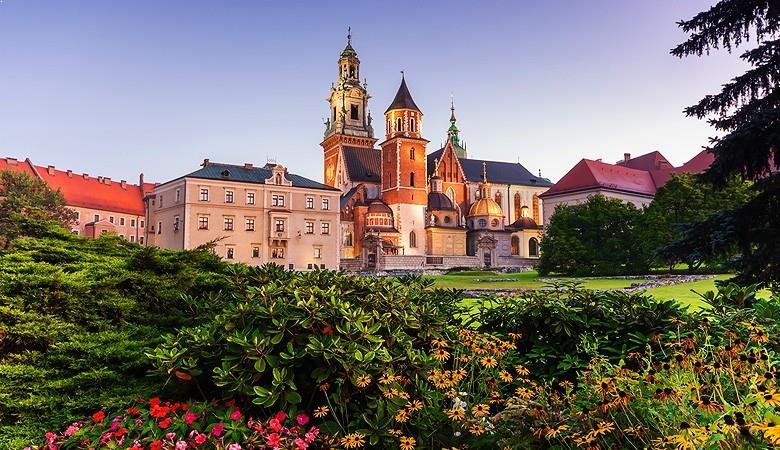
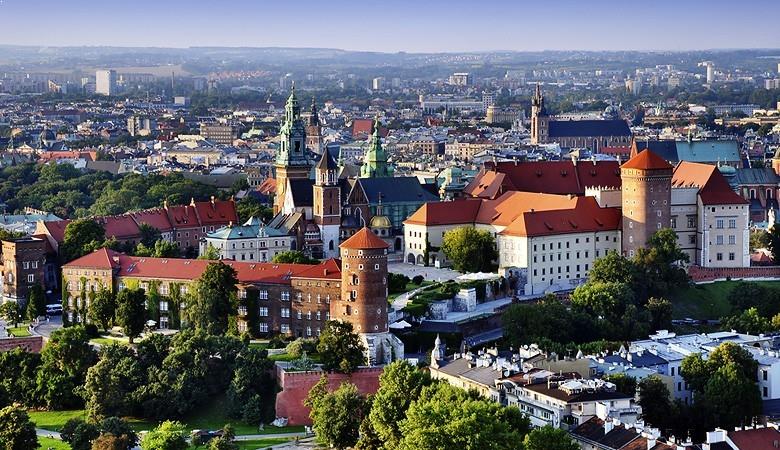
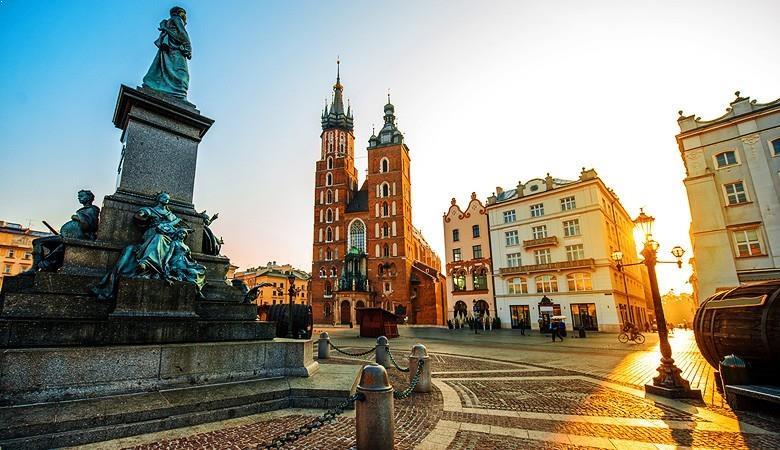

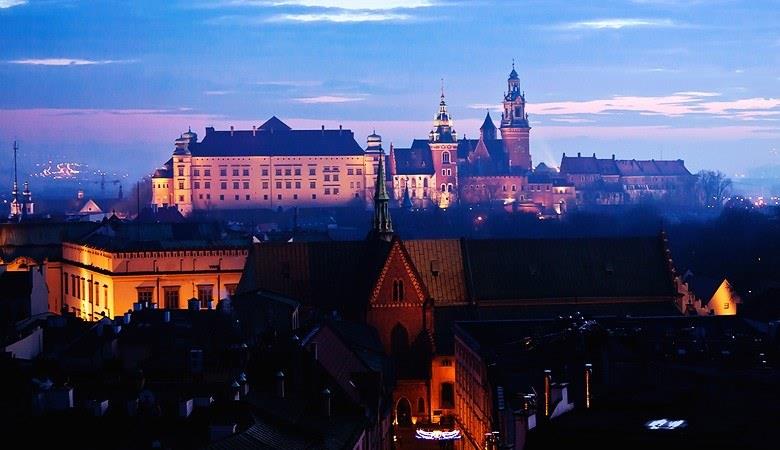

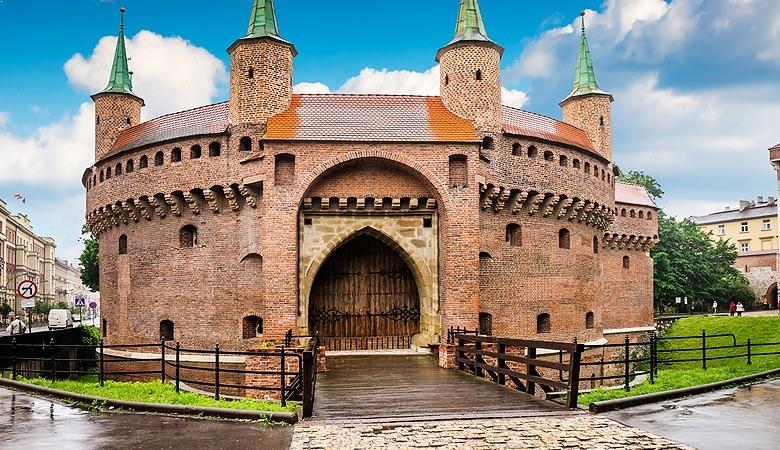


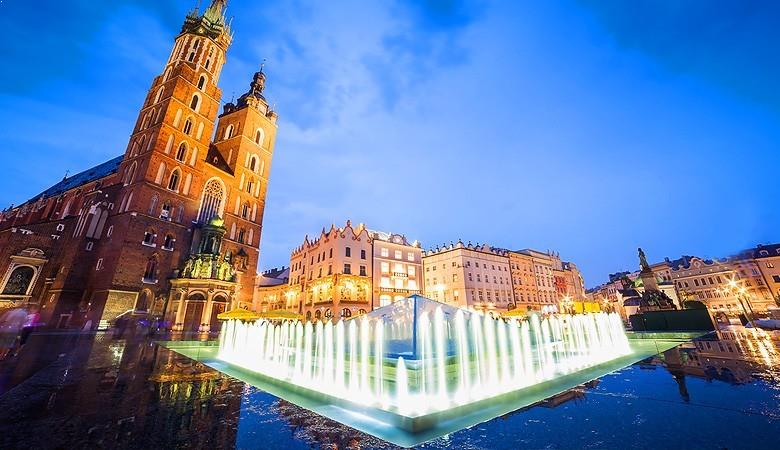

£ 130
per group

Krakow is one of the largest and oldest cities in Poland, with a population of nearly 800,000. Situated on the Vistula river in the Lesser Poland region, it dates back to the 7th century. It was the capital of Poland from 1038 to 1596 and has always been one of the leading centres of Polish scientific, cultural and artistic life. With a history encompassing a thousand years, Krakow remains the spiritual heart of Poland and the centre of local and international tourism. Walking with our expert licensed city guide along the beautiful and mysterious streets of Krakow you will feel the unique atmosphere and find a synthesis of all things Polish, connecting tradition with modernity.
Based on 575 reviews
 Check out more of our Krakow tours' ideas.
Check out more of our Krakow tours' ideas.
Book Auschwitz Tour - everyone should visit this place at least once in their life. Auschwitz Birkenau is the largest mass murder site in human history.
Book Krakow to Auschwitz tour combined with a visit to Wieliczka Salt Mine - save your time and money by visiting these two important sites in one day
During one of our Krakow Tours you can learn about the modernist Krakow, that was above all, a city of literature and painting. Modern life concentrated around artistic cafes (Paon, Jama Michalika), which were also venues for cabarets (zielony Balonik). The ambience in Krakow was that of melancholy and decadence but life, permeated by patriotic neo-romantic symbolism, was lived here to the full. The outbreak of WWI ended this unique bohemian period.
The Collegium Maius is the oldest building within the Academy of Krakow (now the Jagiellonian University). It was established in the 15th century by joining together a number of town houses. Lecture rooms and apartments for professors were originally located here. In the 19th century the building housed the Jagiellonian Library. Between 1840 and 1870 the architects Karol Kremer, Feliks Ksiezarski and Hermann Bergman rebuilt the college in the Neo-Gothic style. After WWII the University Museum, established in 1867, was moved here.
The Cloth Hall originated from a covered market. A stone structure covering the stalls, with an internal passage, was probably here at the time of the King - Kazimierz the Great. It was rebuilt to the design of Giovanni Maria Mosca following a big fire in 1555, and modernized entirely in 1875 by Tomasz Prylinski. The Gallery of 19th-century Polish Painting is housed here. The stalls sell a variety of souvenirs. The Noworolski Cafe, one of the best in Krakow, is a nice place to relax after seeing the paintings.